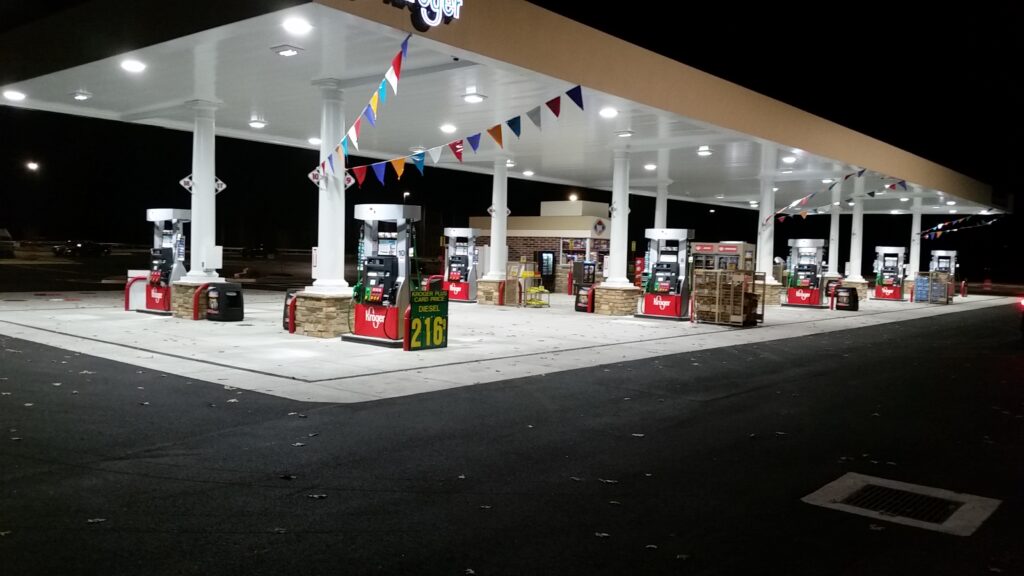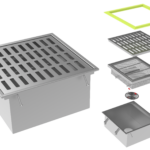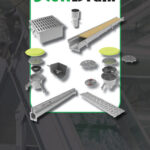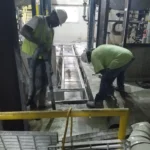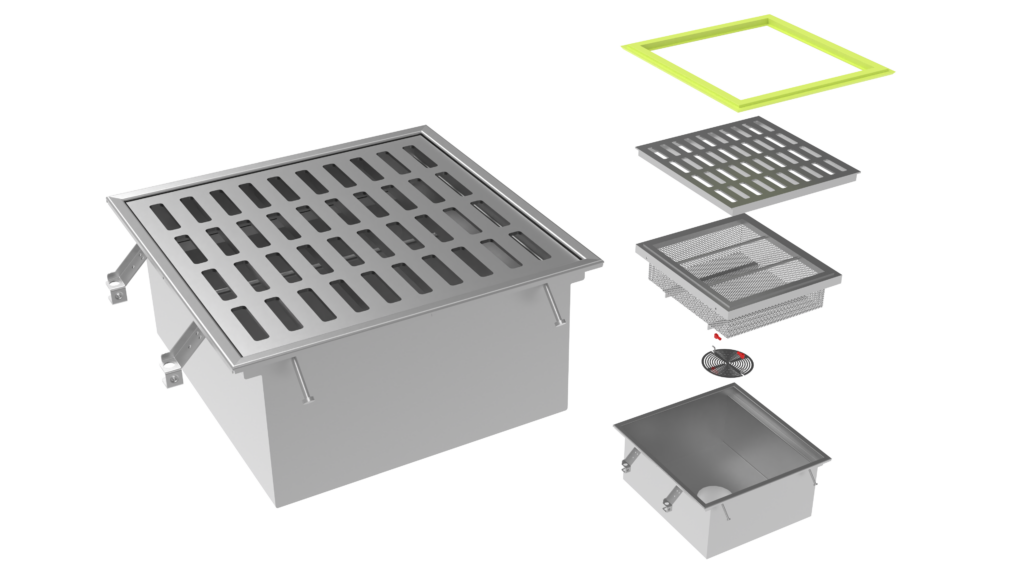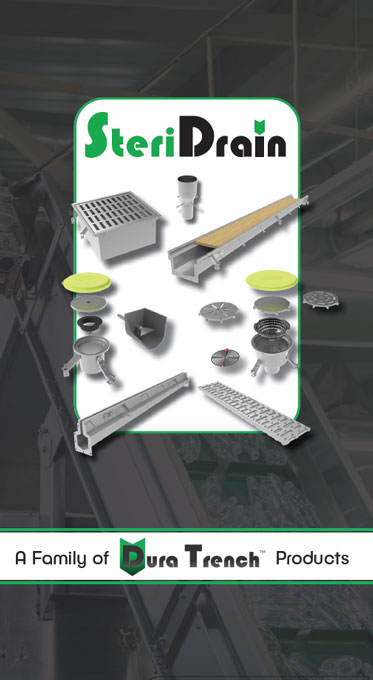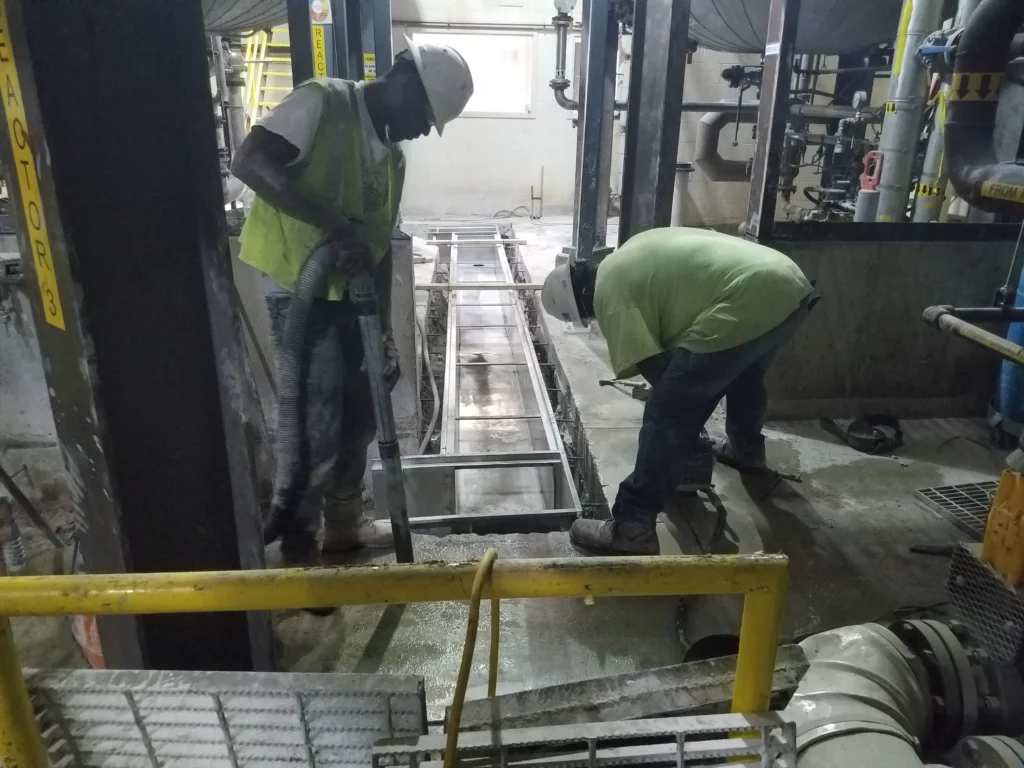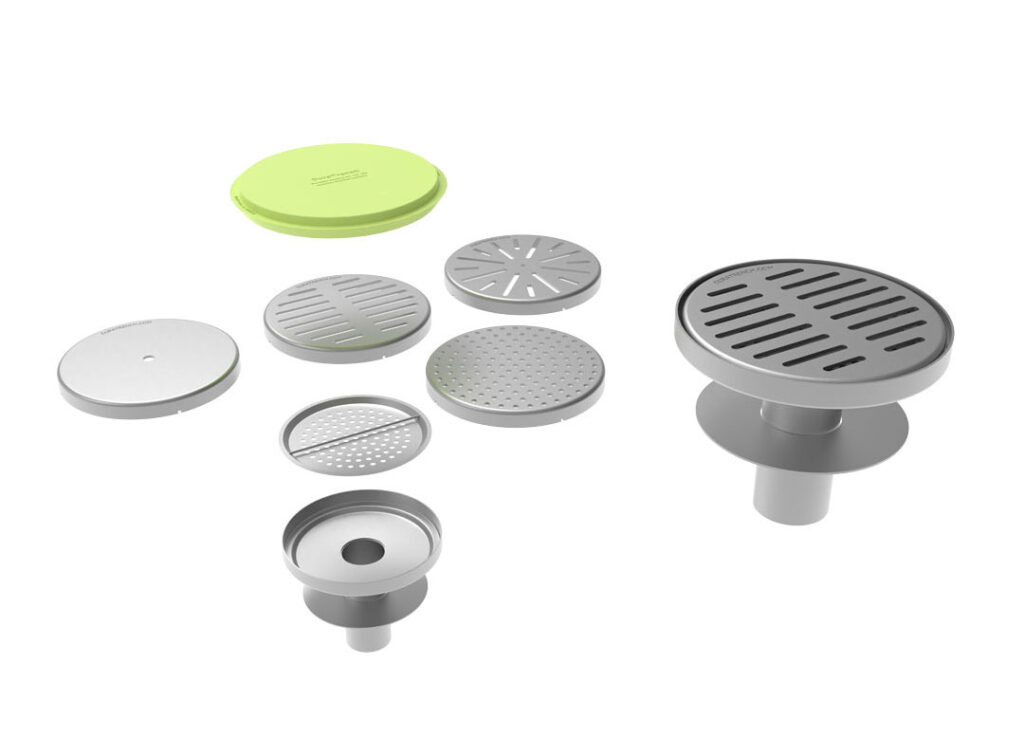It can be tempting to use plastic for all of your drainage installations on your property. Plastic is an affordable trench drain material, and it is easy to work with and install. However, there are some pros and cons to using this material for all of your drainage needs. Choosing the right trench drain material can be critical to the function and longevity of your drainage system.
Knowing more about the pros and cons of the use of plastic for your trench drain system can help you determine when this material should be selected for an installation. Educating yourself about the limitations of certain materials can ensure that you don’t end up with drainage issues that you could have avoided.
Pros of Using Plastic for Trench Drains
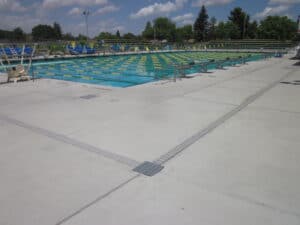
As stated earlier, there are many reasons that plastic can be a great option for your trench drain installation. These pros will probably be familiar to you if you have ever used a plastic trench drain system in the past. It is hard to argue that plastic is not an easy and reliable trench drain material for a wide array of drainage needs.
In lots of different situations, plastic drainage components can be the perfect solution for your specific use case. However, industrial settings and locations with extreme weather are not ideal places for the use of plastic materials. The advantages of the use of plastic drainage are:
1. Lightweight
Plastic drainage systems are lightweight and easy to work with as you install them. This is one of the primary arguments that most people make for this kind of drainage system above other options that are made of different materials. It is very simple to lift sections of this kind of trench drain all by yourself to fit them into other segments of the system.
If you want to save money on your installation work and save time, plastic is often the most ideal material to elect to use for this reason alone.
2. Easy to Ship
Shipping costs are not getting any more reasonable over time, and trench drain materials are long, bulky items that do cost some added dollars to ship to customers. This is one of the reasons that many people prefer to use plastic drainage whenever they can. It can save you hundreds of dollars to order a drainage system that is entirely plastic, just in shipping costs alone.
3. Easy to Install
A small team of installers is usually all that is necessary to be able to place a plastic trench drain system. This is due to the lightweight nature of plastic parts. You might even be able to place large segments of the system all alone if you had to. Installation costs can run into hundreds of dollars for a big drainage job, so plastic’s easy-to-install nature can be a big perk of making this choice for your drainage system.
4. Lower Cost
Plastic is a very affordable material to make products with. This means that a plastic drainage system will save you money right from the jump. This can be a powerful argument for a wider array of installation needs, as drainage systems that are correctly designed and installed are not cheap. Saving some money on both shipping and purchase costs can help your drainage installation job stay well within budget.
5. Forgiving
Plastic is a very sturdy material overall, and it can handle being challenged or taxed if the surrounding support over and under the drainage installation is done correctly. There are specific requirements for trench drains that are placed in areas with high traffic demands, and if you follow them, your plastic trench drains should hold up to years of use. These kinds of drainage items can also withstand being dropped and other kinds of installation challenges as well.
6. Easy to Customize
Customization is simple when it comes to plastic drainage. You can get customized drain grates that include designs and are even in specific colors when you select plastic drainage. Plastic drainage is often preferred for residential settings because of this. Backyard areas, pool surrounds, and other spaces can benefit from plastic trench drains due to the customizable nature of the various components.
Disadvantages of Using Plastic Trench Drains
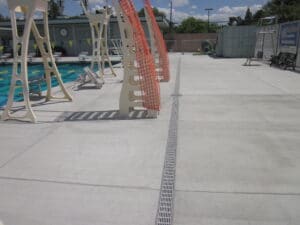
Like any material, there are things that plastic doesn’t do very well. You should know the limitations of this material before you commit to using it for your drainage needs. Plastic drainage components can be the perfect solution for a wide array of use cases, but there are some instances where plastic is not going to be the right material for either longevity or practicality.
1. Freeze/ Thaw Issues
Plastic can be subject to thermal expansion and contraction when it is exposed to changing temperatures. You need to allow room in the trench for a drain that might be exposed to heat and cold, and you will also need to provide proper insulation for this process to protect your plastic trench drains. If you experience extreme temperature shifts in your region, you should not use plastic trench drains for your drainage. Plastic is not able to hold up to large shifts in temperature well, which is why there are other kinds of trench drain materials on the market.
2. Impact in Extreme Cold
Another problem that can come along with plastic drainage parts is the risk of the drainage materials shattering when subjected to force during cold weather. Plastic becomes brittle when it is very cold out, and even a small amount of pressure or vibration on the drain could cause it to shatter. You will not be able to use plastic drainage in any location where extreme cold weather is common for this reason.
This is one of the main reasons that plastic drainage is not typically placed under any kind of path or roadway where cars or heavy vehicles will have to pass over them. Between the weight and the chance of extreme cold, plastic is not usually the right fit for this kind of application.
3. Low Industrial Strength
Plastic is not an ideal material for drainage that is installed in industrial settings. Plastic also cannot hold up to being driven over by heavy vehicles. You will need to use a much stronger material in an environment that will offer these challenges. There are specific kinds of drainage styles that are made specifically for this purpose, and they are never made of plastic.
4. Durability
Overall, plastic will never be as durable as a metal drainage system. Plastic will grow brittle over time and will be much less able to withstand changes in temperature and environment. If you are installing drainage in a location where removal/replacement of drainage sections is not easy, you should consider using another kind of drainage material in place of plastic.
5. Cannot Withstand Chemical Runoff
There are some instances in food processing and other industries where the runoff that is passed through the drainage system every day is caustic or has chemicals in it that might cause plastic to break down. There is no plastic material that will hold up to these challenges for long. In cases where chemical runoff is a common part of the drainage needs of your system, you will need to select from a variety of different types of metal for your drainage system.
Selecting the Right Drainage Materials is Key
There are many kinds of trench drain materials on the market. While you might have to spend more for your drainage system if you need to pick a system that is not made from plastic, working with the right installer can help you save money on your drainage system. Installing the right kinds of drains is just as important as selecting drains made from the right materials.
A skilled installation team will be able to help you select the right materials and the right drainage design for your specific situation. This will help you to save money while also getting access to the most effective drainage for your specific location.
Plastic Drainage Can be Ideal in Some Situations
There are many situations where a plastic trench drain can be the right solution for your needs. However, there are other instances where this kind of drainage material is not correct for your situation. This article should help you to identify when a plastic trench drain is ideal and when you will need to look at other drainage solutions for your business or home use.
If you are not sure which kind of drainage is correct for your location and your needs, you should opt to work with an experienced installation team. The team at Dura Trench is able to help advise customers who are not sure whether plastic drainage is the right choice for their situation or not. Having the advice of experts in drainage design and installation will ensure that you get great results for your drainage installation efforts for the long haul.



